You might have played games based on real events while at school… remember Oregon Trail? Newsgames have emerged from this tradition and are usually published by journalism organizations or nonprofit groups with the intent to explore a topical issue. Given the amount of time the average western teenager spends playing video games each week, it’s an ideal way to get young people thinking about topical issues.
When done well, they can help to make complex issues accessible to a wider audience, particularly young people, but they have a few challenges. First, they are often developed using Adobe Flash which is losing support from web browsers and does not function on iPads or smartphones. This creates a smaller audience and the potential for a frustrating user experience. Usability issues also abound with some newsgames. Second, they are expensive to produce, and third, they are often cartoonish or poorly designed, which may make users feel that they are trivialising important issues.
Sweatshop
Creator: Channel 4/Littleloud
Source: Labour Behind the Label
Method: Flash
This is supposed to show the user what it’s like to work in a sweatshop. There’s an angry factory manager who introduces the scenario, then the user hires some workers — cheap child labourers are also available — for the assembly line and watches them work or generally making their lives more miserable by speeding up the belts and cutting corners on safety. Points are gained for completed products. In theory, it’s a reasonable idea, but this one doesn’t work for me. The cartoon characters don’t help to make it feel like a serious issue, and there isn’t much background, context or emotional appeal. Other than dragging workers to spots on the assembly line, the game itself is quite tedious as there isn’t much interaction.
I showed this newsgame and a few others to some Undergraduate students, and the discussion that followed indicated that they felt similarly to the way I did — this one feels like a missed opportunity to shed some light on an issue that most of us in the western world don’t give enough thought to.
Gauging Your Distraction
Creator: The New York Times
Source: National Safety Council (Cellphone Use While Driving – Factsheet)
Method: Flash
This one is a useful public service. In it, the user is driving a car and has to use the number keys to switch lanes according to signage on the screen. At the same time, the user is reading and responding to text messages on a cell phone at the right side of the screen. The game measures reaction time while texting and while not texting. It’s a good thing I’m not in the habit of texting while driving, because my reaction times were terrible!
Decisions on Deadline
Creator: GUSH Productions
Source:
Method: Flash
This newsgame explores the life of a reporter and would make a fun exercise for my journalism students. The player works up the ranks from Cub Reporter to International Correspondent, racing against the clock to publish stories on time, and deciding which information to add to stories. The player deals with the various issues at each level. For example, as editor, it’s the player’s job to monitor other journalists’ performance and correct their errors as well as his own. At the end of each job stage, the player gets feedback about the choices they made. Ethical decisions add points, and unethical ones (such as paying for information or including unverified information in the story) deduct points.
The Undocumented
Creator: Marco
Source: Coalición de Derechos Humanos
Method: Video, Flash
This asset combines video, an interactive graphic showing the location of every dead migrant found after crossing the Mexico-Arizona border , and a newsgame to tell the story of the undocumented people migrating across the Sonoran Desert from Mexico into the USA with a crossing party. The player must choose supplies for the avatar to take, and decide when to use each supply along the journey, and whether to leave party members who are hurt along the way, with the goal of making it to a pickup point in Arizona. If the avatar depletes physical strength or energy, or succumbs to dehydration he may die, joining the approximately 200 bodies per year found on this route.
Syrian Journey
Creator: BBC
Source: Research and personal stories of Syrian migrants
Method: HTML/CSS
This is a long-form article with button selectors where the user chooses his own path through the information (for example, choosing a male or female character, and choosing which country to go to next), with the goal of making it to Europe to claim asylum.
Darfur is Dying
Creator: mtvU/InterFUEL
Source: Humanitarian Aid Workers
Method: Flash
This asset is a ‘serious game’ exploring the humanitarian crisis in Darfur. Users select a Darfurian avatar to navigate around camp and to forage for water, attempting to meet their avatar’s needs while avoiding capture by the militia.
Pirate Fishing
Creator: Al Jazeera
Source: Unknown
Method: HTML5
The player starts off as a researcher,exploring evidence of illegal fishing in Sierra Leone. Videos from a documentary on the subject are included, and the purpose of the game is to give insight into how news stories are developed. This would be another great resource for journalism students, or for students of international politics.
1000 Days of Syria
Creator: Mitch Swenson
Source: Unknown
Method: HTML
This asset is a text-based game where the user chooses their own path through the story of the Syrian uprising, viewing the scenario as one of three possible characters — a mother, a rebel fighter or a foreign journalist. From each perspective, new elements of the story are explored.

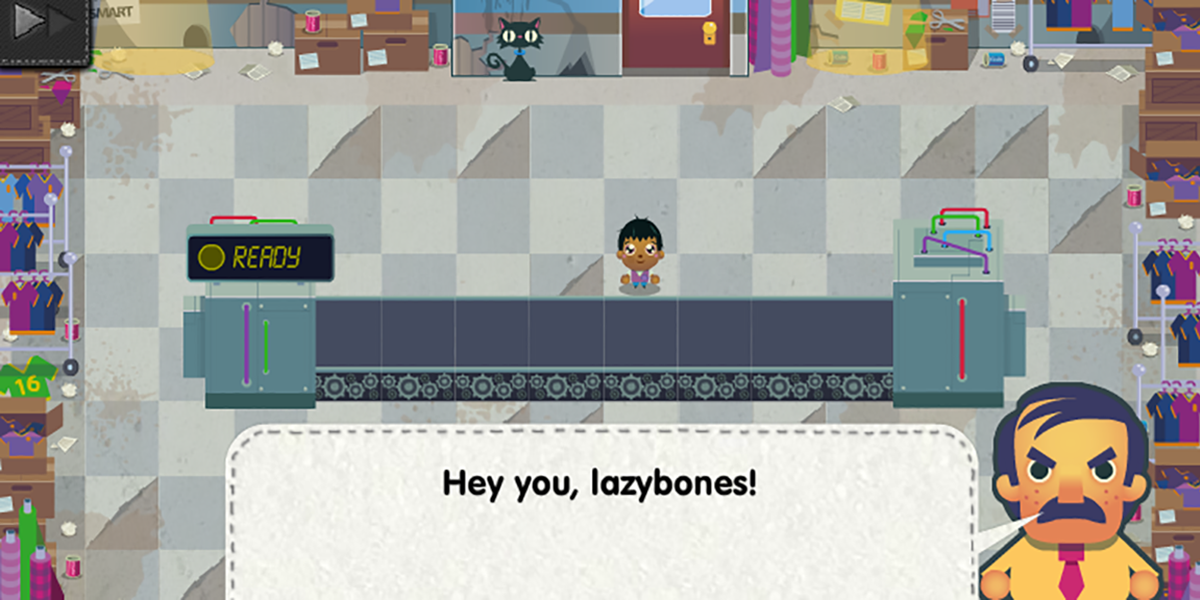
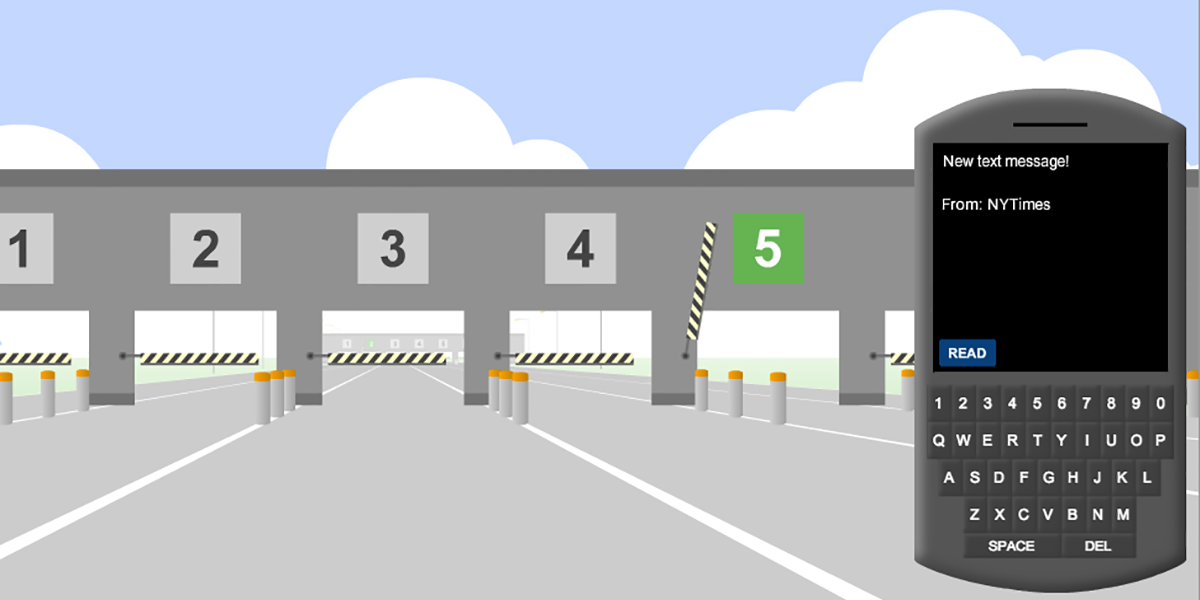
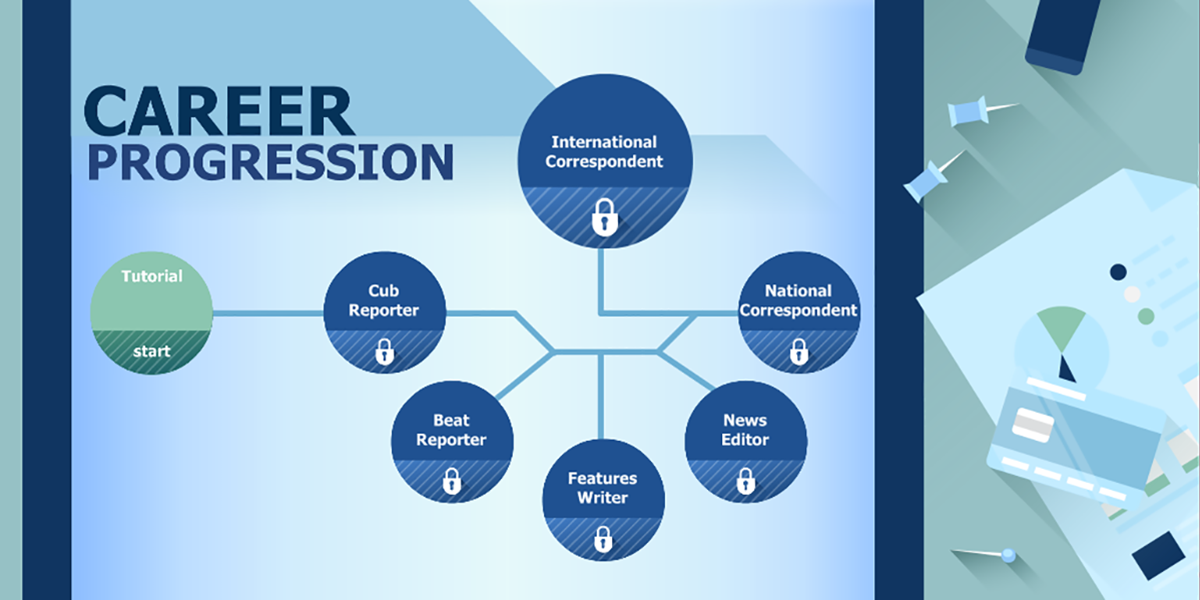
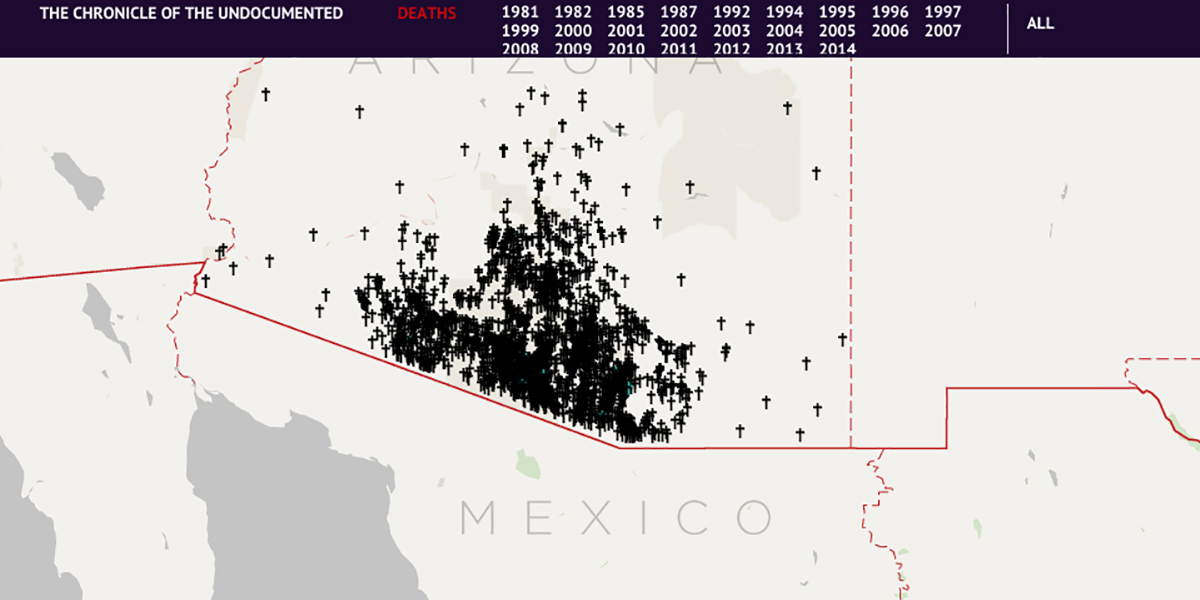
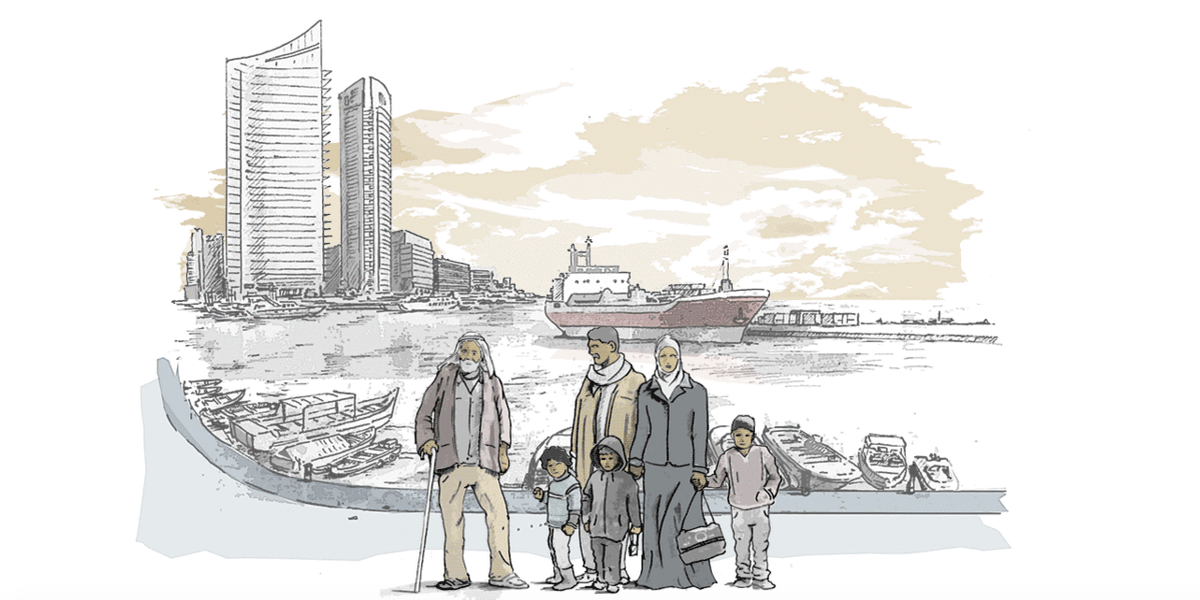
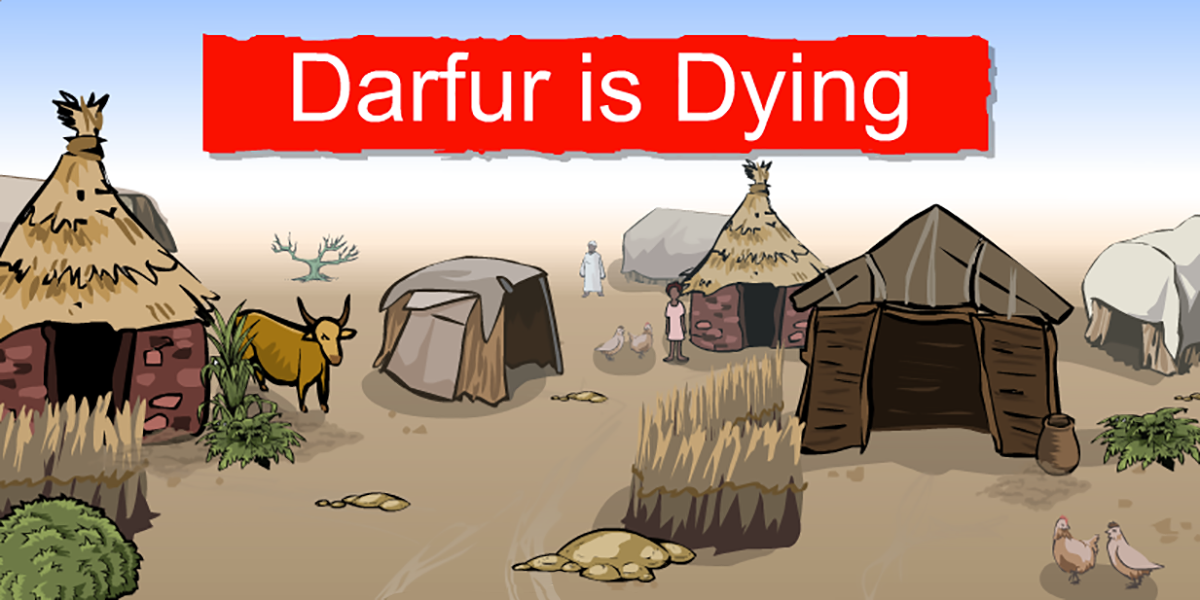
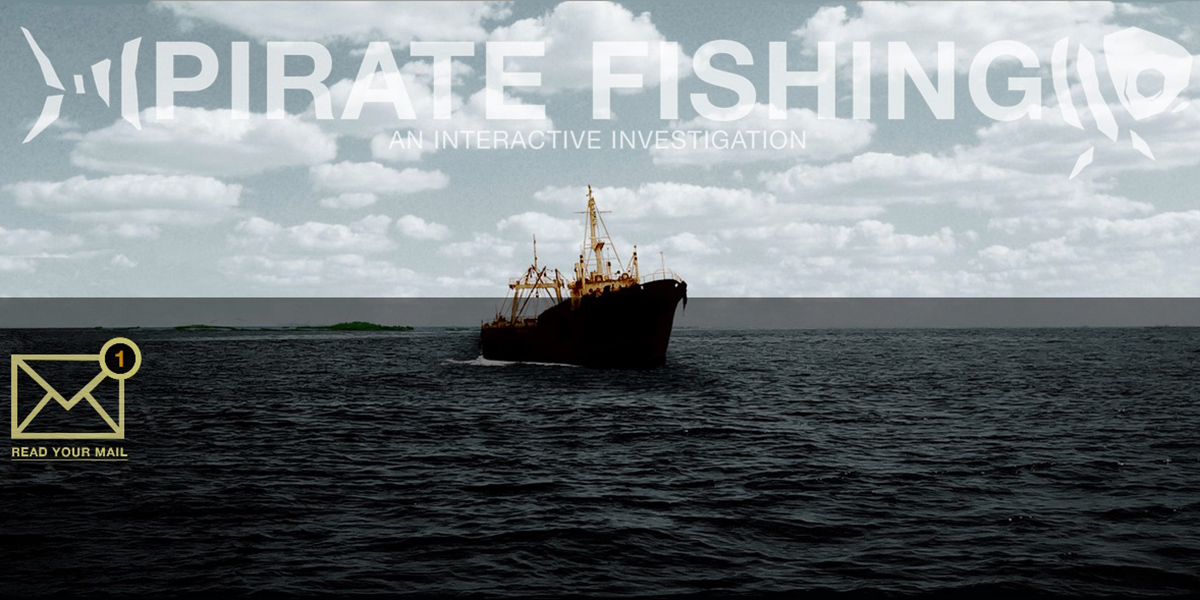

No comments yet.